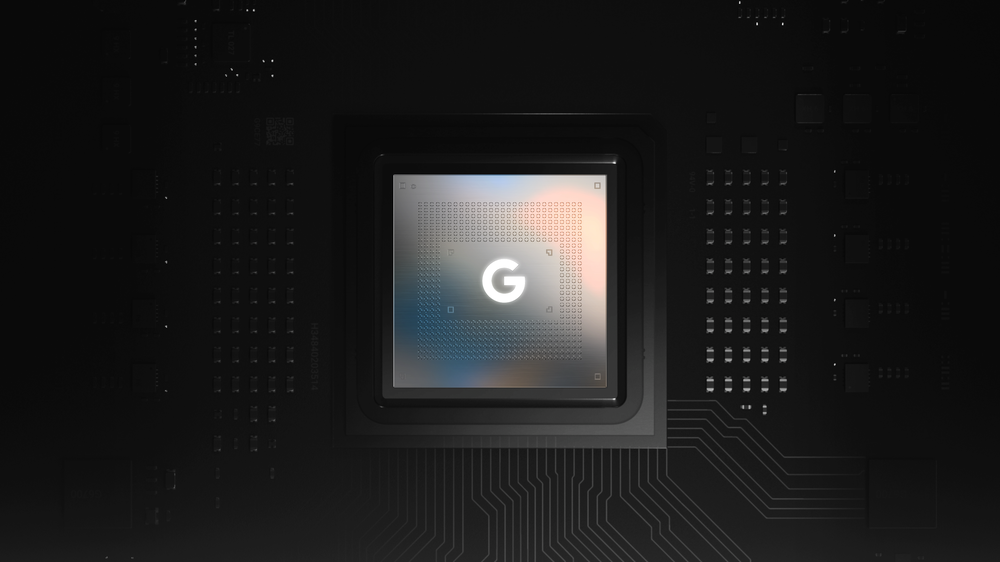I finally completed the "Fundamentals of Digital Image and Video Processing" course offered by Northwestern University on Coursera. Despite having a background in signal processing and experience with image/video processing, I found the course to be quite underwhelming. In truth, I skimmed through a good 30-40% of the material and quizzes.
The course material was dense and often felt like it glossed over important concepts. The instructor's style, with slides packed with information, didn't resonate with me. It seemed a better fit for those already familiar with the subject matter rather than your typical e-learner. Maybe if I were still a student and had fellow students to commiserate through the pain?
While the quizzes were decent, the questions appropriately vague to force you to think rather than look up answers, the programming assignments were underwhelming. Look elsewhere if you're looking to learn about digital image and video processing.
